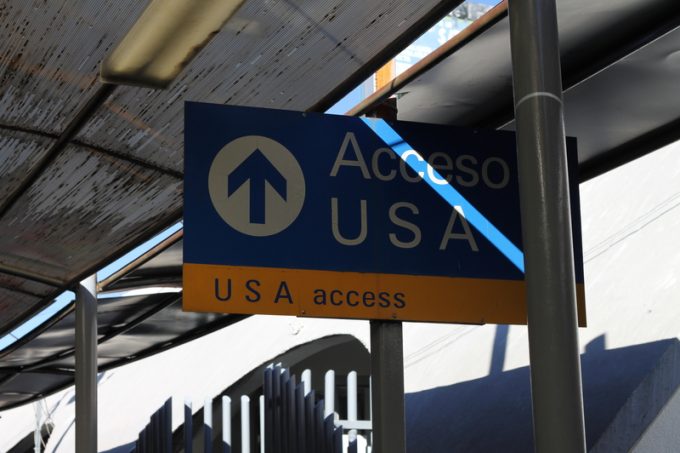Canada and Mexico get cosy with trade plan to bypass US
Canada and Mexico are closing in on a scheme to bypass the US to reduce ...

Disruptions at US-Mexico rail crossings have been a growing headache for cargo owners and their logistics providers in recent months and, increasingly, firms are looking for alternatives to avoid their freight getting stuck at the border.
Indeed, major logistics provider CH Robinson has re-routed ...

Comment on this article